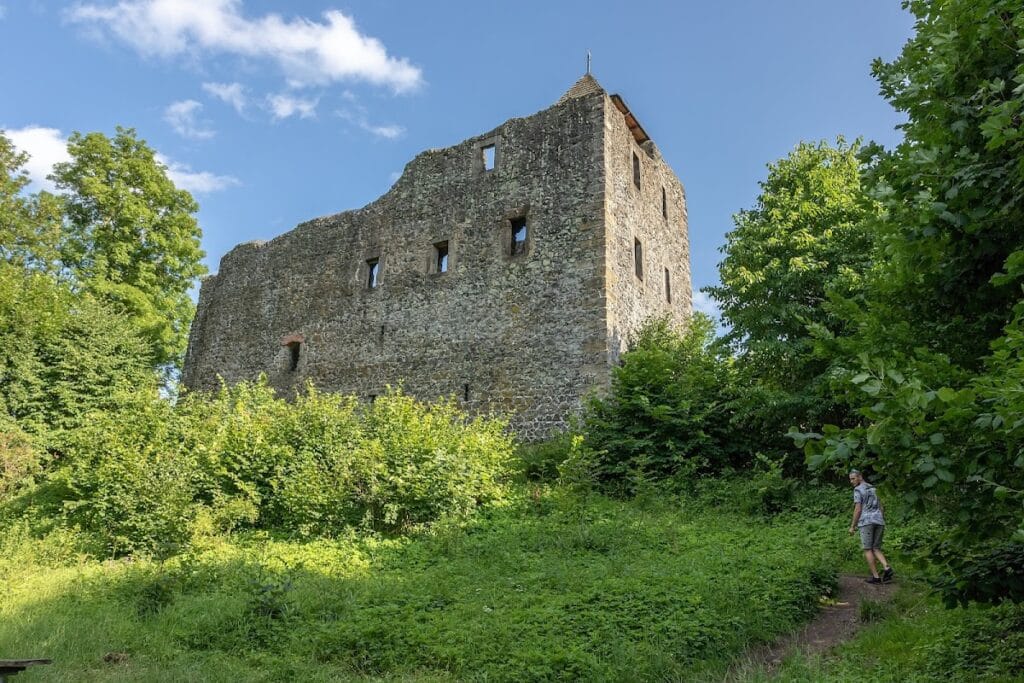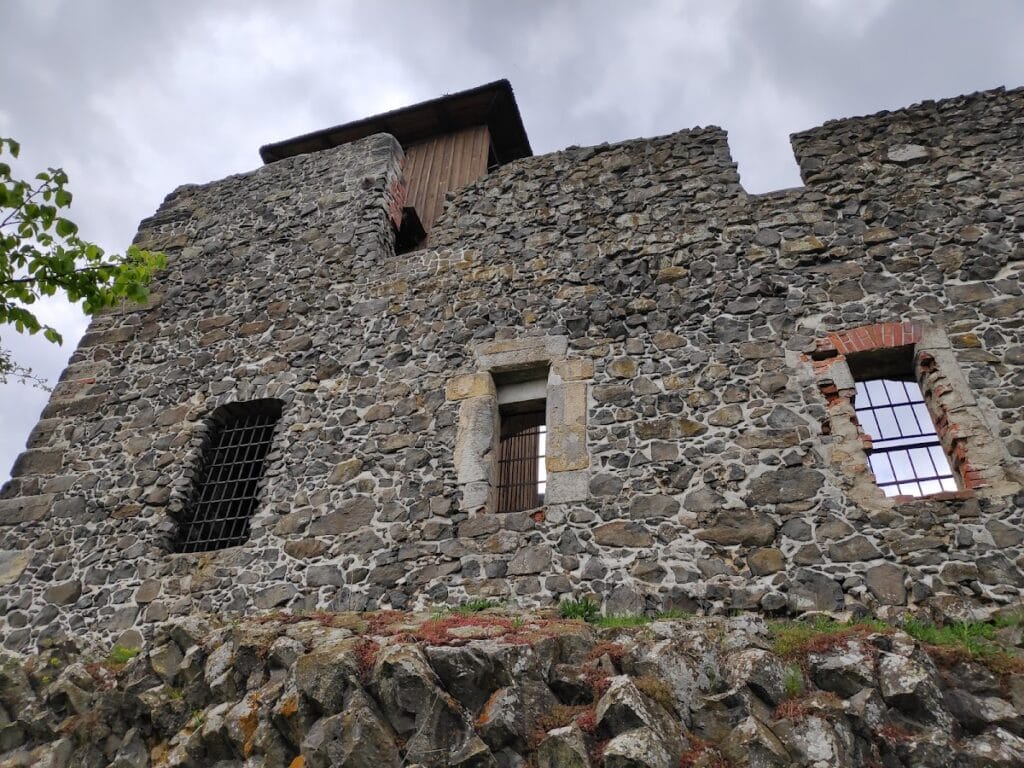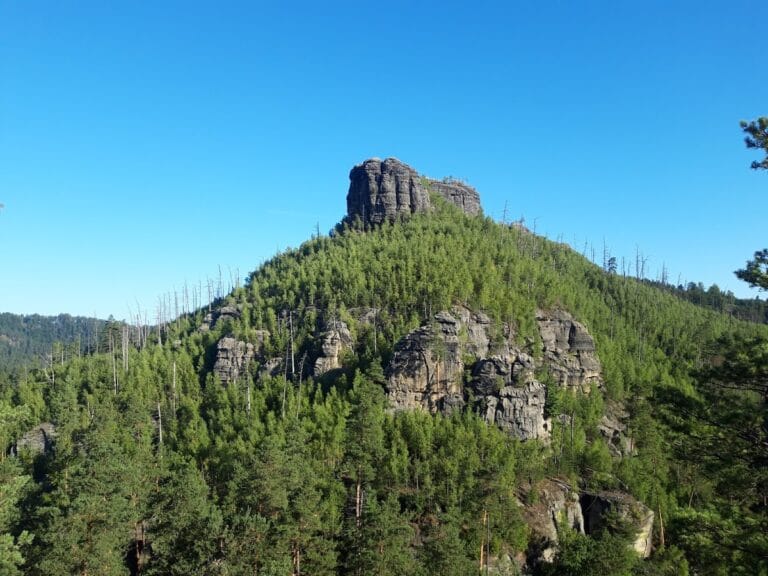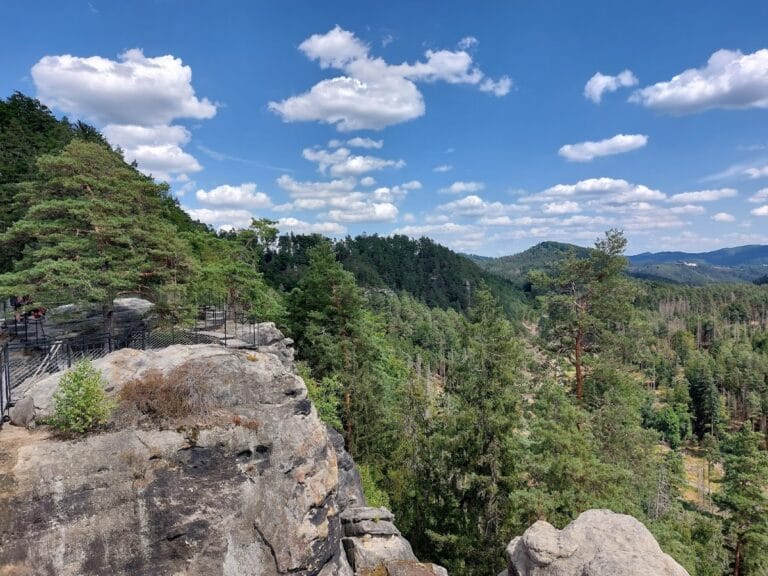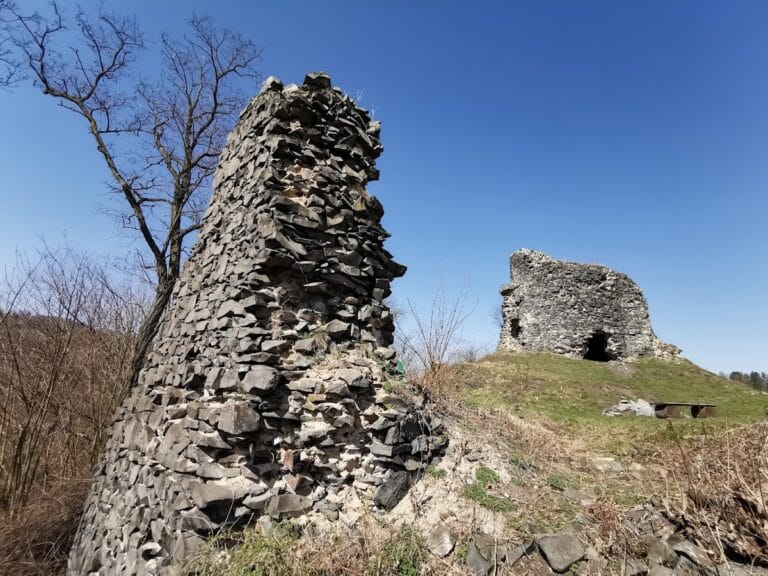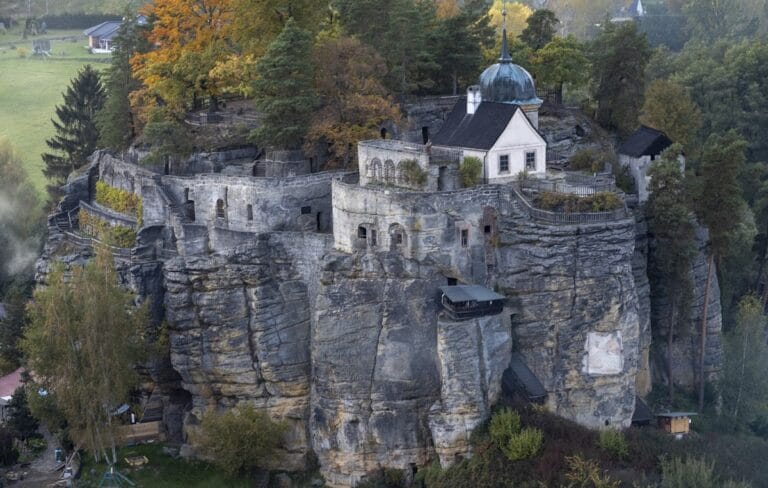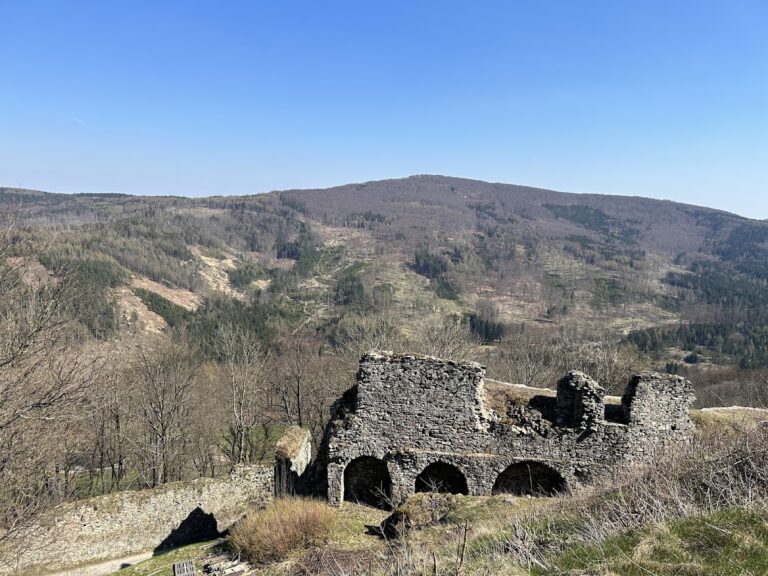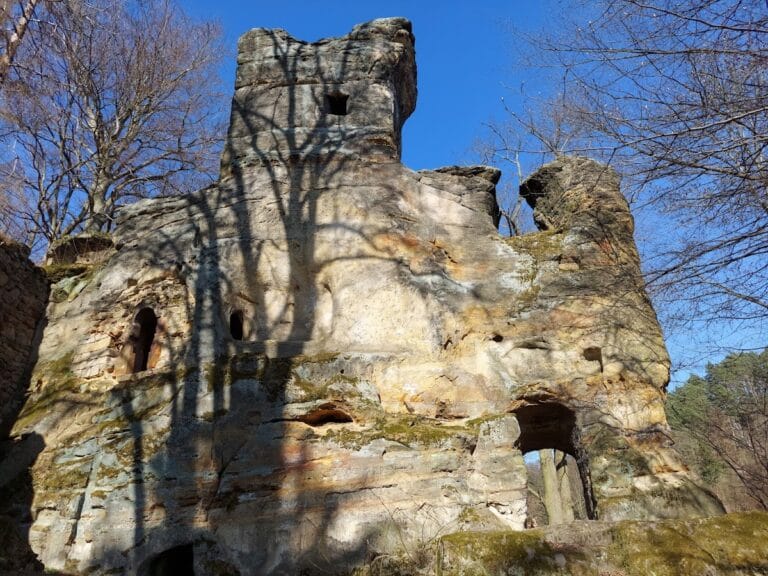Česká Kamenice Castle: A Historic Bohemian Fortress
Visitor Information
Google Rating: 4.6
Popularity: Low
Google Maps: View on Google Maps
Country: Czechia
Civilization: Medieval European
Remains: Military
History
Česká Kamenice Castle stands above the town of Česká Kamenice in the Czech Republic. It was constructed by members of the Bohemian nobility, likely during the early 15th century amid regional conflicts.
The castle’s origins date to a period between 1427 and 1433, when Zikmund Děčínský of Vartenberk established a new stronghold on Zámecký Hill. This initiative followed Zikmund’s acquisition of the nearby Falkenštejn estate from Jindřich Berka of Dubá. At that time, the castle was intended to supplant the nearby Fredevald Castle, which remained in the hands of Jindřich’s wife, Jitka of Hazmburk. The first known mention of the castle appears in documents from 1476. In 1440, the Lusatian Six Towns launched a raid near the castle, setting fire to Kamenice; however, it is unclear whether the castle itself was the specific target.
In 1515, ownership passed to the Salhausen family. They built a new chateau in the town below the hill, after which the castle ceased to be a residence. By 1535, the Vartenberk family had regained control but chose not to inhabit the castle. Several decades later, during the Thirty Years’ War, the castle became a site of conflict. In 1639, a skirmish took place there. Although the castle had been partly restored to serve a defensive role, Swedish troops burned and heavily damaged it once more.
The ruin remained neglected until 1880 when efforts by the Beautification Society cleared away overgrowth and repaired parts of the walls. The former palace was adapted into a lodge for visitors, and a tall wooden lookout tower was constructed to take advantage of panoramic views. By 1910, the knight’s hall within the castle was opened to public access. However, the site gradually fell into disrepair after 1940. The wooden tower deteriorated, and associated services such as the on-site restaurant closed around the mid-20th century.
Renewed restoration began in 1995 under the guidance of a local foundation. Volunteers cleared debris, stabilized the remaining walls, and completed a new lookout tower by 1998. The castle grounds were formally reopened that year, reaffirming their status as a protected cultural monument.
Remains
Perched atop a steep hill, the castle’s ruins reveal a layout carefully designed for defense while accommodating residential use. Initially founded during the conflicts of the Hussite Wars, the fortress combined strategic positioning with architectural elements suited for noble habitation. The core structure originated as a single residential tower, which was later expanded into a larger palace consisting of two rooms stacked across four floors. This palace featured a taller section on its southeast side and a small annex on the southern end, interpreted as a latrine, providing essential sanitary facilities.
Surrounding the main buildings, a defensive curtain wall enclosed the castle grounds. This was reinforced by a barbican, a type of outer defensive gateway structure, parts of which remain visible on the southern and eastern sides of the site. Construction relied heavily on local basalt rock, known regionally as čedič, prized for its durability, while sandstone blocks strengthened the corners, adding stability to vulnerable points.
Among the surviving features is a wooden lookout tower approximately 12 meters tall with a staircase of 58 steps. Positioned to offer sweeping views over Česká Kamenice and stretching across both the České středohoří hills and the distant Lusatian Mountains, the tower highlights the site’s commanding vantage point. Though the wooden structure now present is a modern replacement completed in 1998, it reflects the historic use of elevated platforms for surveillance and appreciation of the landscape.
Together, the remnants illustrate the castle’s dual role as both a military fortress and noble residence, embodying the evolving needs of its occupants throughout turbulent centuries.
